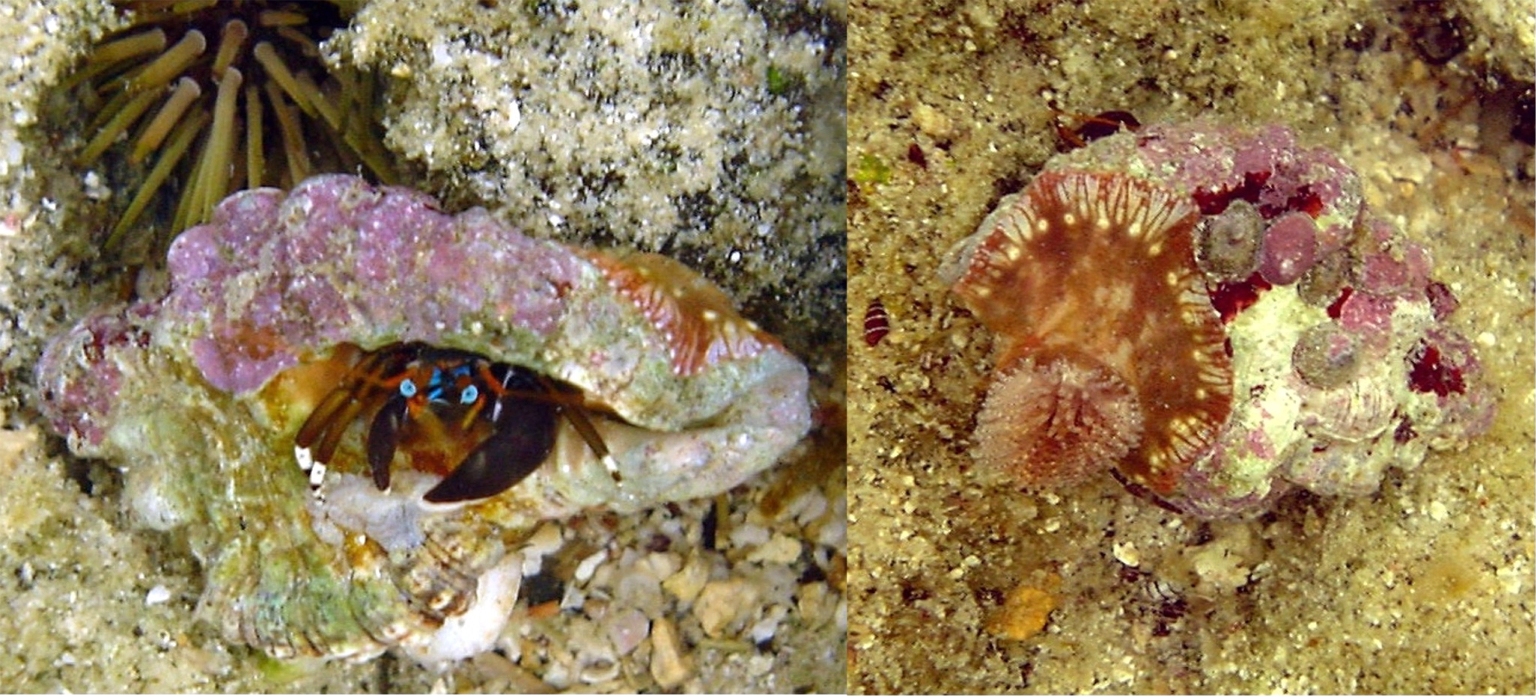"Symbiology"
The definition of symbiosis is in flux, And the term has Been Applied to a wide range of biological Interactions. The symbiotic Relationship May Be Categorized as mutualistic, commensal, or parasitic in nature.Symbiosis (from Ancient Greek syn "with" and biosis "living") is close and long-term Often Interactions Between Different biological species. In 1877 Bennett Used the word symbiosis (Which Had Previously Been Used of people living together in community) to describe the mutualistic lichens.In Relationship in 1879 by theGerman mycologist Heinrich Anton de Bary, defined it as "the living together of organisms unlikable." Some Relationships Are obligate symbiotic, Meaning That Entirely Both symbionts depend on Each Other for survival. For example, Many lichens Consist of fungal and photosynthetic symbionts Can not Live That Are On Their own.Others facultative, Meaning That dog But They Do not have to live with The Other organism.
Types of Symbiosis
Mutualism: Both the symbiont and host benefit.
Mutualism is Any Relationship Between Individuals of Different species WHERE referral to Benefit Both Individuals. Generally, only close INVOLVING Interactions lifelongphysical and biochemical contact Properly CAN BE considers symbiotic. RelationshipsMay Be Either mutualistic obligate for Both species, obligate for one but facultative forthe Other, or Both for facultative. Many biologists restrict the definition of symbiosis toclose mutualistic Relationships
Commensalism: The symbiont benefits with little effect on the host.
Commensalism describe a Relationship Between Two living organisms WHEREBenefits and The Other one is Not Significantly Harmer or helper. It is derived from theword Inglés Used commensal of human social interaction. The word derives from themedieval Latin word, form and composition from mensa, meaning "sharing a table. "
Parasitism:The symbiont benefits to the detriment of the host.
A parasitic Relationship is one in Which One member of the association is The OtherBenefits while Harmer. Many take Symbios Parasitic forms, from endoparasitesThat Live Within the host's body to ectoparasites That Live On Its surface. In Addition,May Be necrotrophic parasites, Which is to say They Kill Their host, or biotrophic,Meaning They Rely on Their host's Surviving. Biotrophic parasitism is an ExtremelySuccessful mode of life.
Amensalism:The amensalismo is the biological interaction that occurs when an organism is harmedin the relationship and the other is not affected, ie the relationship he is neutral.
In some forests (eg Amazon), there are larger trees that prevent the arrival of sunlight tothe weeds that are at ground level. This is an example of amensalismo, and unlike thecompetition where there is mutual negative effects.
The amensalismo is symbolized as follows: - / 0

No hay comentarios:
Publicar un comentario